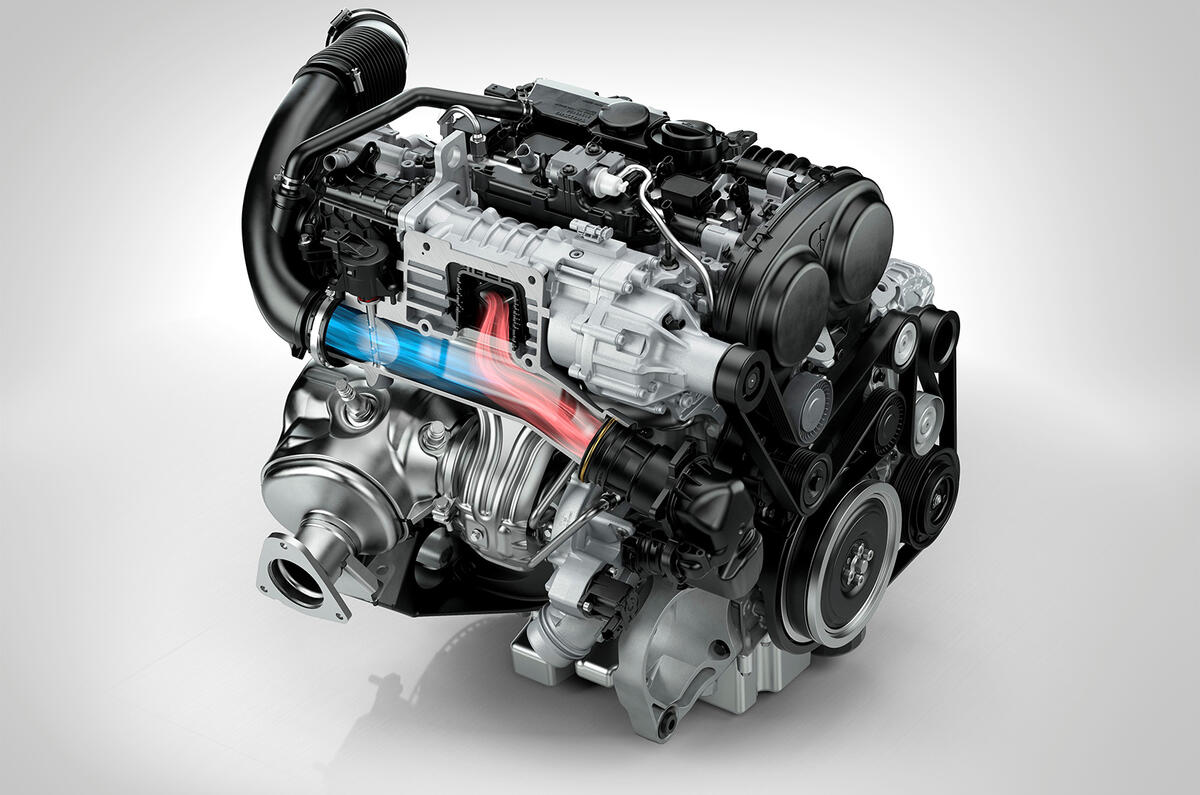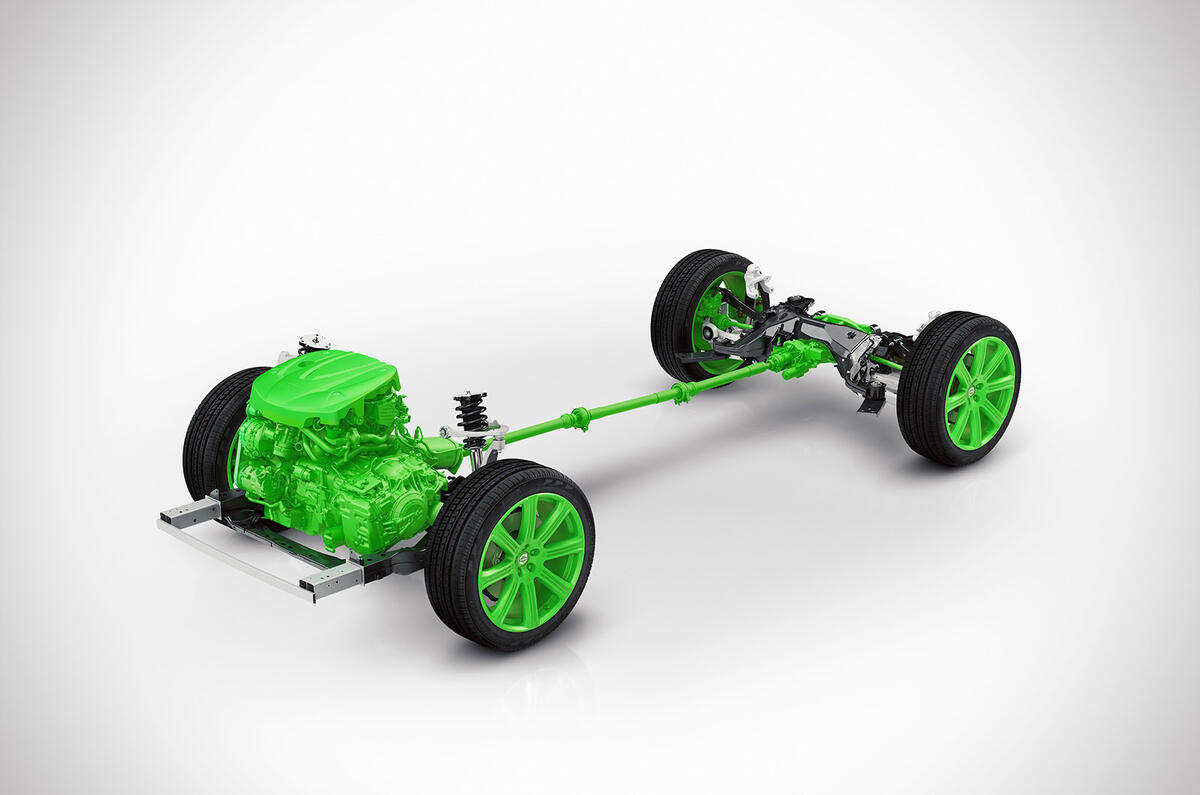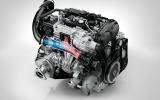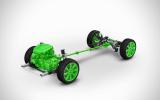Volvo has confirmed that its new three-cylinder engines will enter production later this decade after all four-cylinder versions of the Drive-E family have been rolled out by 2016.
The 1.5-litre three-cylinder turbocharged engines will make their way up the Volvo range as far as the Volvo S60 and Volvo V60 family and mid-level XC SUVs.
The three-cylinder engines will eventually be a key component of hybrid drivetrains when they are expected to become mainstream in the early part of the next decade.
Derek Crabb, Volvo’s global powertrain boss, confirmed the roll-out and purpose of the three-cylinder Drive-E, with a petrol variant expected first. Crabb declined to say how many variants would be built but was clear that the line-up wouldn’t be as comprehensive as that of the 2.0-litre engines, of which there will be four variants of each plus powered-up Polestar versions.
“I see it [the triple] being possible in S60 but not higher,” Crabb said. “It’s not planned for the higher XC cars at the moment. It’s not the power. It’s more to do with the torque.”
Crabb revealed that the engines will play a key role in the electrification of the Volvo powertrain line-up as it pushes to hit a 75g/km CO2 corporate average emissions target by the mid-2020s.
“Our average now is 120g/km in Europe. By 2020, we have to get down to 95g/km but in Australia we have to get down to 75g/km in the same timeframe,” he said. “If you really get your engineering right, you can get through 95g/km without electrification.”
Crabb predicts that Volvo can avoid the need for mass-electrification of its vehicles for another decade. “Hopefully, by 2025, electrification will be more commercially sensible and then you will have higher-power electrics, but you’ll need three-cylinder engines. So introducing a three-cylinder engine is creating building blocks through to 2025.”
The four versions of Volvo’s new four-cylinder engines in both the petrol and diesel line-ups are split into entry-level, low, medium and high power outputs.
The diesels are single or twin-turbo, depending on their outputs. The petrols are all single turbo except for the high-power T6, which adds supercharging for improved bottom-end response.
Crabb confirmed that power upgrades were planned for each engine in the new Drive-E family every two years.








Add your comment
Very Interesting